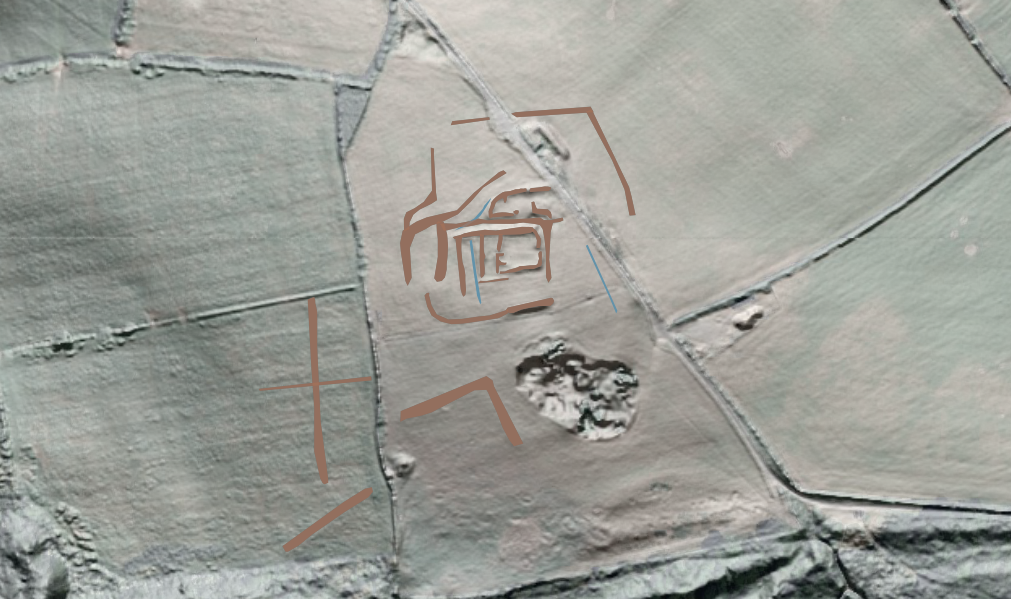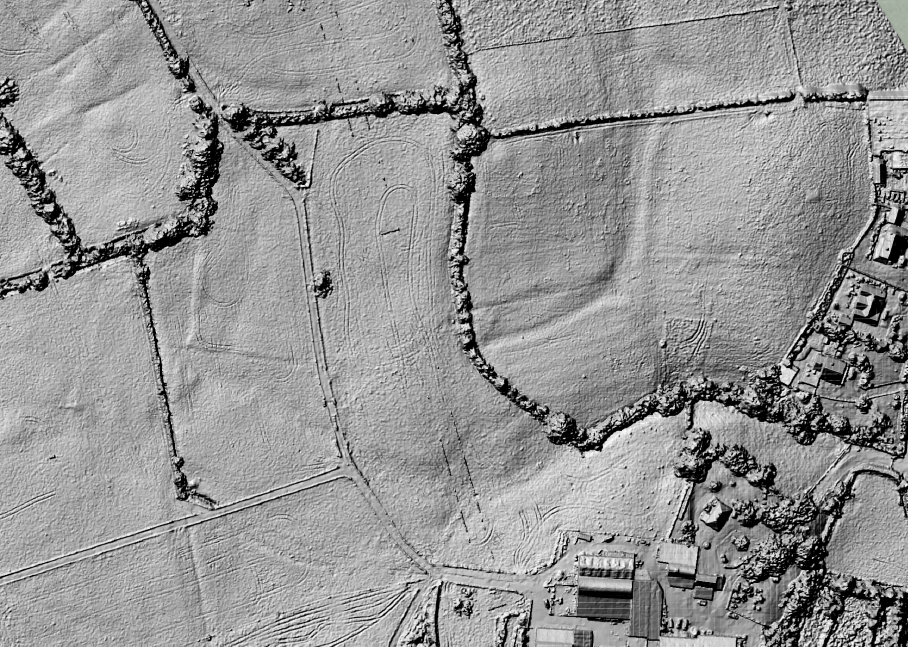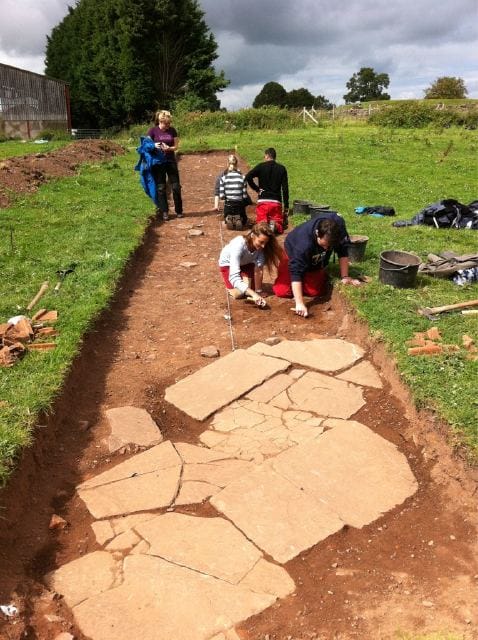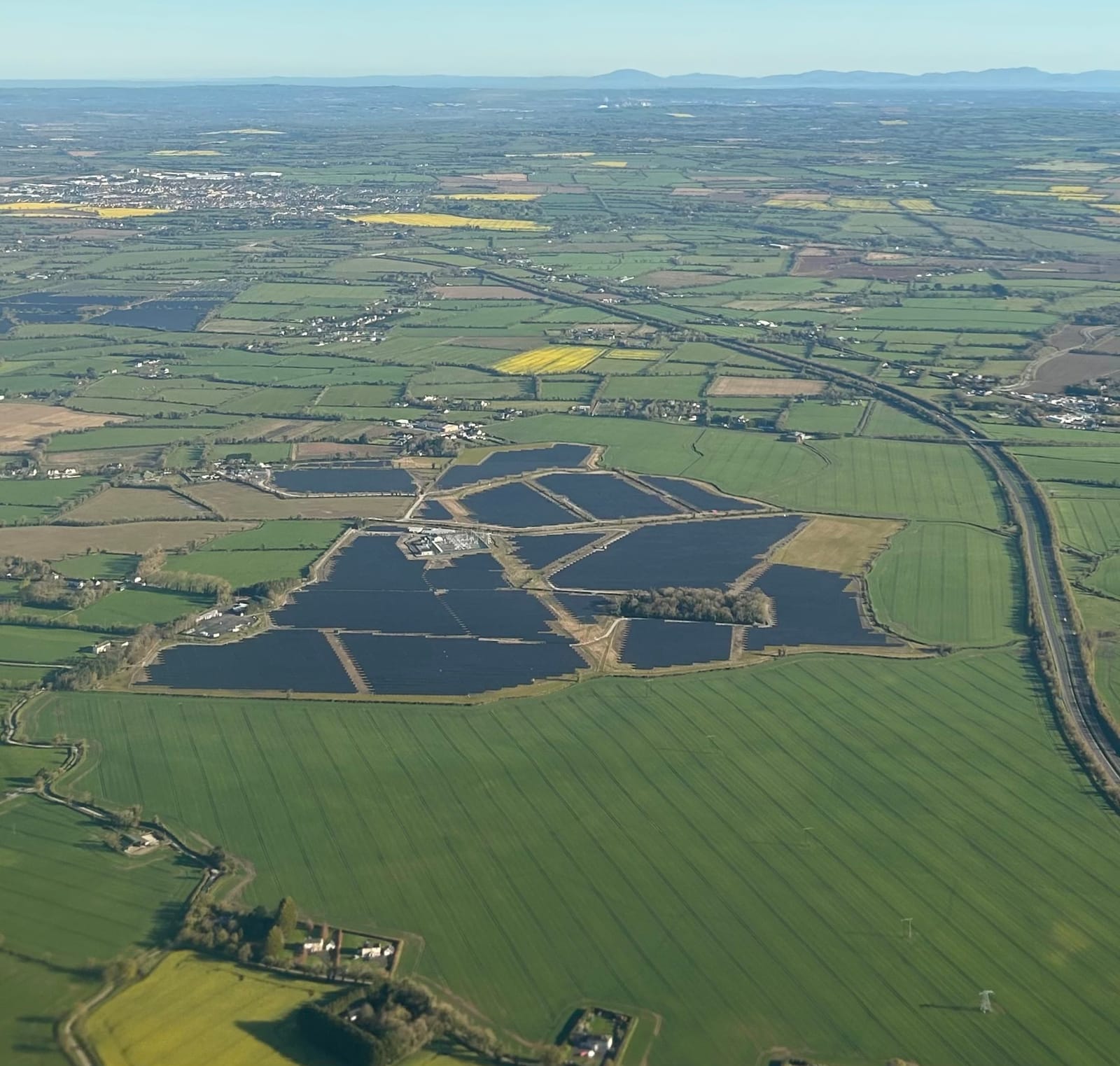Solar power provides a promising contribution towards the transition to net zero. Solar farm construction is relatively low-impact compared to other energy sources; however, the area required to maximise efficiency presents its own challenges.
Although the foundations for solar panel arrays are relatively minor, even a small solar development will require a significant amount; when a large development is planned, many thousands of piles or ground screws could be required across an extensive area, and this makes the likelihood of interfering with archaeological features quite likely.
A proactive, pre-design (and pre-planning) approach to archaeological investigation is recommended for such large areas. This way, a site's archaeological potential can be assessed before being included in the overall design and any mitigation requiredcan be factored in at an early stage.
In the UK and Ireland, conducting an archaeological investigation for a solar farm project follows specific regulations and guidelines established by heritage authorities. Here's how this process typically unfolds:
Desk-Based Assessment:
Historical maps, records, and archaeological databases maintained by organisations like Historic England and the National Monuments Service (NMS) are consulted to identify known archaeological sites or areas of potential significance within the project site.
Collaboration with local planning authorities, archaeological contractors, and heritage agencies provides valuable insights into the area's cultural heritage. These reports can then inform the rest of the investigation.

Field Evaluation:
A field-based survey of the project site is conducted, guided by information obtained during the desk-based assessment, to visually inspect the landscape for visible signs of archaeological features or artefacts.
Aerial photography and LiDAR data can also be used to identify potential archaeological sites that may not be visible from the ground. This approach can be further improved by acquiring drone-based photogrammetry, which can provide a detailed digital terrain model of the site to a resolution of ~5cm.

Geophysical Survey:
Geophysical survey methods such as magnetometry, resistivity, or ground-penetrating radar (GPR) are employed to detect and map subsurface archaeological features without excavation.
Modern geophysical surveys are particularly suited to mapping archaeological features across large sites, as daily acquisition rates can be up to 20 hectares. This approach allows the discovery of archaeological sites and contextualisation within their archaeological landscape.

Test trenching:
Test excavations are conducted under the supervision of a qualified archaeologist to investigate the nature of features identified by field evaluation or geophysical survey that are interpreted to be of archaeological origin.
Trenches or test pits are carefully excavated to expose buried archaeology and recover artefacts for analysis. The trenches are then accurately surveyed to record their findings.

Artifact Analysis:
Artefacts recovered during fieldwork undergo analysis using techniques such as radiocarbon dating, ceramic analysis, or faunal analysis to determine their age, cultural significance, and relationship to the project area's history.
Artifact reports are submitted to relevant heritage authorities for review and interpretation.
Report and Mitigation:
Once the fieldwork and post-fieldwork processing is completed, a comprehensive report documenting the archaeological investigation's findings, including descriptions of any significant archaeological features or artefacts discovered, is compiled.
A mitigation plan is developed in consultation with heritage authorities to address any impacts of the solar farm on the site's archaeological resource, including site preservation, archaeological monitoring during construction, or any further excavation and documentation.
Conclusion:
Following these steps and the relevant regulations and guidelines ensures a thorough archaeological investigation for solar farm projects, safeguards cultural heritage, and complies with regulatory requirements. This comprehensive approach to heritage conservation will expedite the planning process and contribute to a successful project outcome.
For help designing and conducting a suitable geophysical investigation of your site, call us on +44 (0) 2920 700127 or email web@terradat.co.uk

